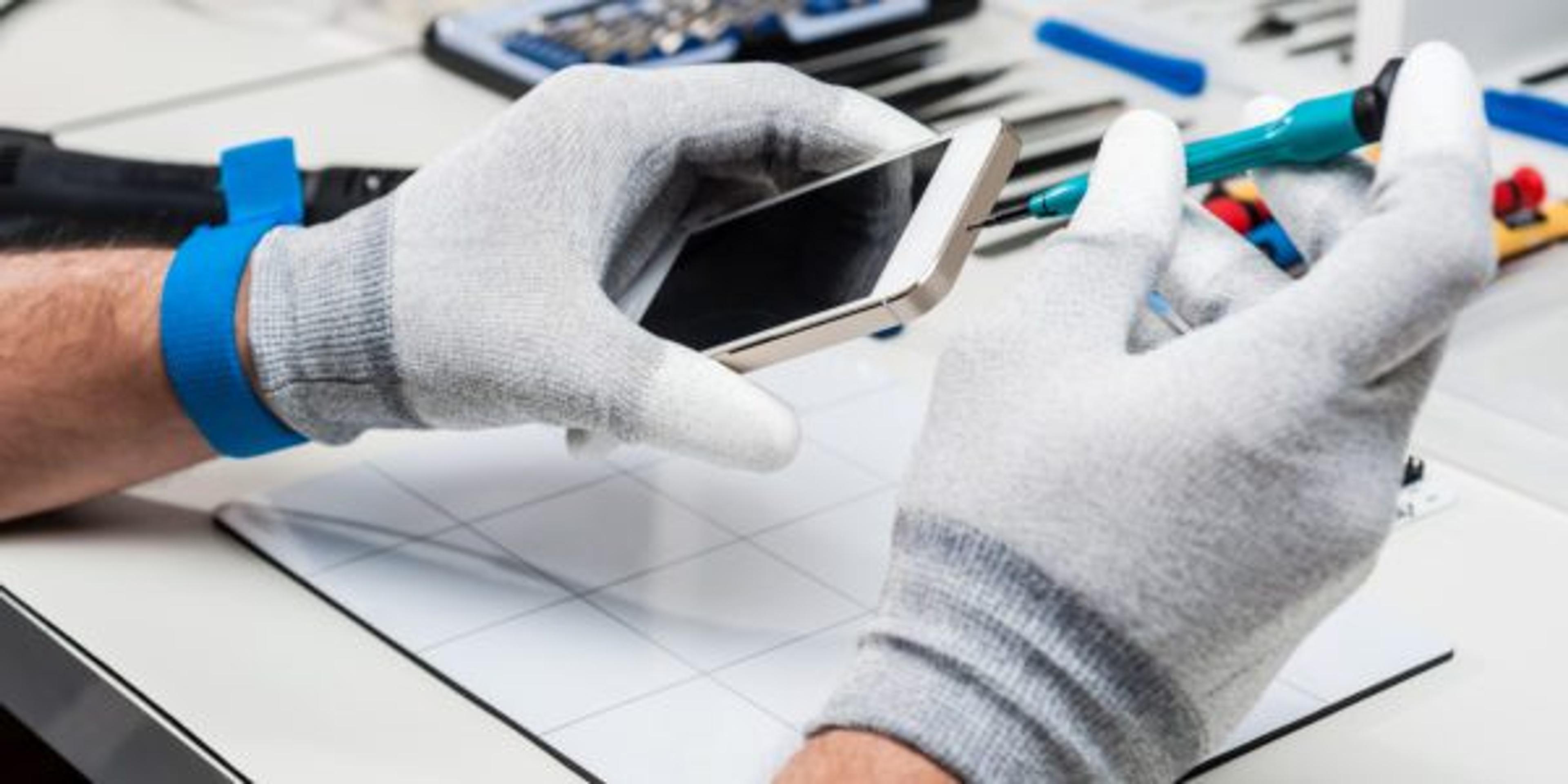How to Recycle iPhones and Other Electronics
Shandra Martinez
| 3 min read

Technology is evolving so quickly these days, it seems like every few years the smart phones, laptops or other tech gadgets we rely on can start to seem hopelessly outdated. So, we buy the latest version of an iPhone, a new smart TV, or find a great deal on a new computer instead of taking our old, slow one to be repaired. This buy-new, buy-frequently pattern means many of us have several outdated or unused tech devices gathering dust in our homes, stashed in a closet or in the basement. But there are easy ways to recycle used phones and other electronics. So, it may be time to declutter and do some good for the environment.
Landfills are not the best option for tech disposal. Most of us can agree that tossing old TVs, computers and printers into the landfill is not the most responsible thing to do. Not only are some of these things big and bulky, but they contain a lot of substances best kept out of the dump. According to an Environmental Protection Agency (EPA) report shared by Digital Trends, this kind of e-waste can be considered a big health hazard. Electronics contain lead and materials like chromium and cadmium. These can account for up to 70% of the hazardous materials found in landfills, even though e-waste in the United States only makes up about 3% of our solid waste.
Recycling is a better way. Recycling is a popular part of the environmental movement, but when we talk about it, most people think about the plastic, glass and cardboard cereal boxes they put out in their recycling containers on trash day. Recycling e-waste is a little different because these items don’t get mixed in with household recycling. Instead, there are usually specific drop-off sites that take old, unwanted or unused tech equipment. In the recycling process, reusable minerals and substances are recovered as equipment is taken apart. Other tech devices can also be refurbished and reused.
Some quick facts about e-waste recycling from the EPA:
- Recycling electronics helps conserve our natural resources
- It cuts down on air and water pollution
- It lowers the overall greenhouse gas emissions that happen when new materials are manufactured
- Recycling one million cellphones means 35,000 pounds of copper, 772 pounds of silver and 75 pounds of gold can be recovered
Where to recycle iPhones. Apple and other smartphone manufacturers have their own recycling programs. For example, Apple offers trade-in programs for current iPhone owners who want to upgrade to a new phone, or they offer free recycling and shipping labels for people who just want to turn in an older device. Some phones are refurbished and paired with new owners, while others are taken apart by Apple’s Daisy-branded robots to recover the minerals and parts that can be used in building new phones. See more details here.
Where to recycle other electronics. There are electronic recycling companies that handle almost any kind of tech device. But lots of big-box electronic stores also offer free e-waste recycling.
- Best Buy: The retailer says it’s collected more than 2.5 billion pounds of e-waste. It accepts up to three pieces of e-waste per day, per household from its customers. It also offers coupons and discounts for customers who recycle at one of their stores. See more details here.
- Staples: This office supply chain offers rewards for customers who recycle e-waste in their stores. See more information here.
- Find more information, tips on what to do with e-waste, and a list of electronics recyclers on the EPA website here.
Related:
Photo credit: Getty Images





